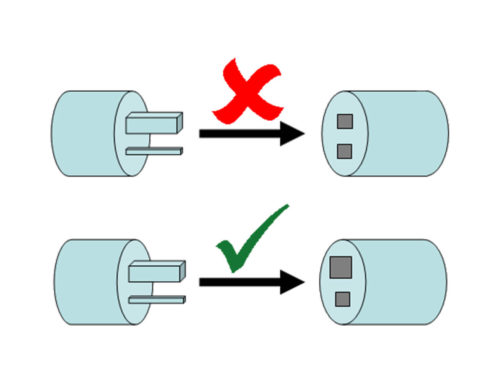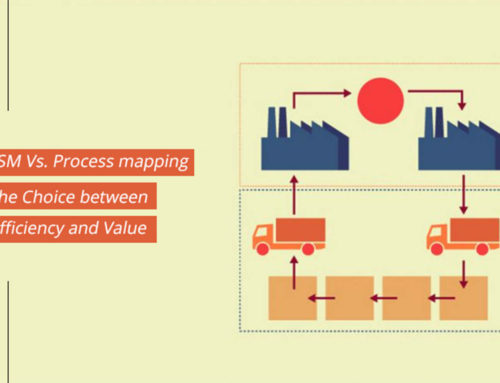The term “takt” is derived from German terminology Taktzeit and translates to either “measure”, “cycle” or “pulse” time. Takt time refers to the time required by the food factory manufacturer to produce per unit of the food product to meet customer demand.
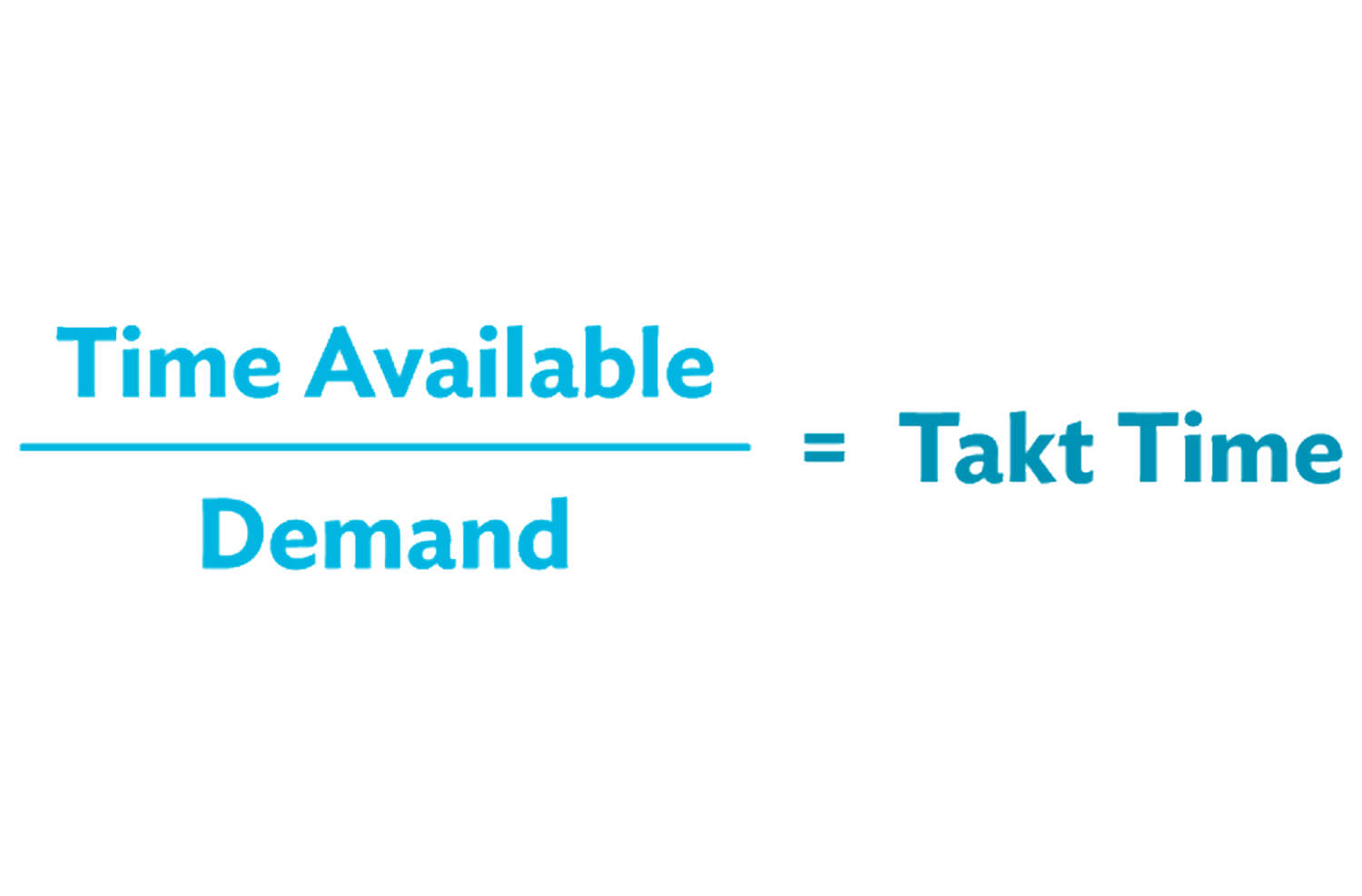 Why Takt time?
Why Takt time?
Takt time is a vital tool to ensure efficient and effective production in a food factory; it gives the manufacturer a tentative time required to complete the production volume to meet the customer’s demand.
Calculating Takt time:
The basic formula to calculate Takt time is Takt time= Available production time/customer demand.
Available production time:
The available production time refers to the working hours’ food manufacturers allocate to produce the food products. For example, the workers in a food factory work 8 hours a day and six days a week. It takes 48 hours a week, which is not at all the available time for production due to other activities performed. We consider 2 hours a day for other activities; the remaining are 36 hours of production or 2160 minutes. These 2160 minutes are the actual available production time.
Customer demand:
Customer demand is the number of units ordered or the volume required to be produced for the customer. Consider the food company has to produce 5000 cartons of packed chocolate to fulfil the order of one week for a customer.
Takt time:
As per the given production time of 2160 mins and customer demand of 5000 cartons of packed chocolate, the Takt time would be 0.432 minutes per carton.
Significance of Takt time:
Takt time is an essential tool of lean manufacturing in food factories. Its application enhances the production system in many ways:
Reduces wastage:
The main focus of lean manufacturing is to reduce wastage and Takt time is an essential tool to reduce wastage by specifying the plan of action for the production team. It gives the exact amount and quantity of production volume required to meet the customer needs regarding time.
Reduce costs:
Takt time reduces costs by regulating the production volume. The costs of inventory handling, inventory storage, raw materials waste can be minimized if the manufacturer knows how much production is necessary to meet the demand. It also saves the cost of time and gaining customer value. The customer value cost is the cost required to satisfy the customer by delivering stocks on time and build a mutual relationship.
Efficient and effective:
Takt time is an effective and efficient tool for enhancing the production system. It gives the priority specification about which products to process and convert into finished goods. The materials are produced on the basis of the production blueprint with the least possible costs and wastage.
Continuous improvement:
Improvement is another feature of Takt time, the process of production is divided into phases, and each phase is analyzed critically concerning raw materials used and time allocated, then suggested improvements are proposed to make the process more efficient. The efficiency increases the productivity of the food factory and eventually the profits.
Conclusion:
Takt time is the time required by the manufacturer for the production of per unit of product to fulfil the order or supply of the customer. Its application in the production process and food industry is vital due to its utility in improving the manufacturing capacity of the food company. It breaks the manufacturing process into phases and helps in the improvement. It helps to reduce production waste caused by the overproduction of food materials or mishandling of the raw materials. The most essential factor of Takt time is that it saves the costs of the food industry. The costs include storage costs and workforce optimization costs.
